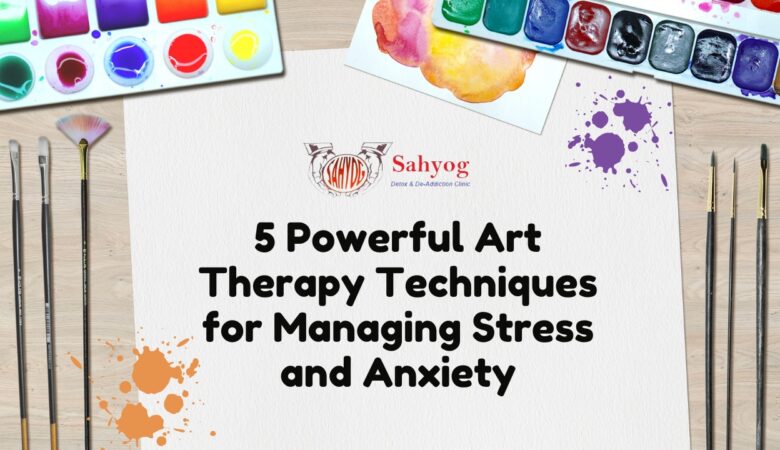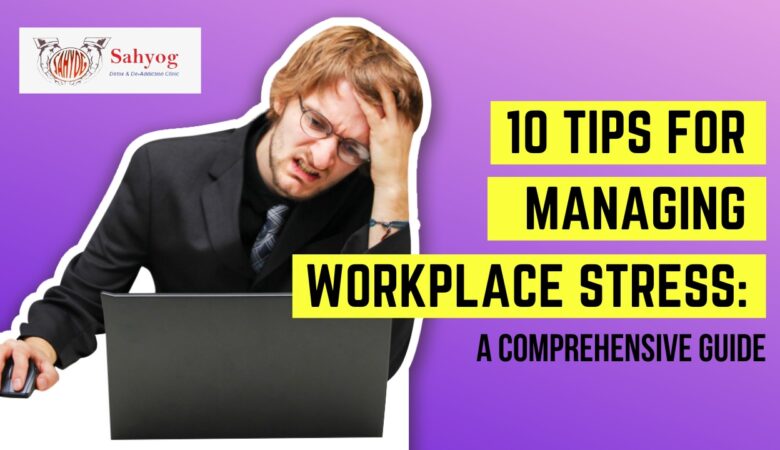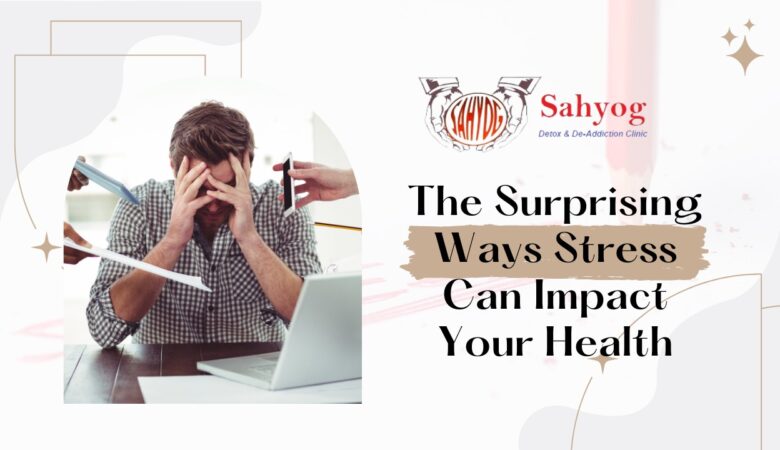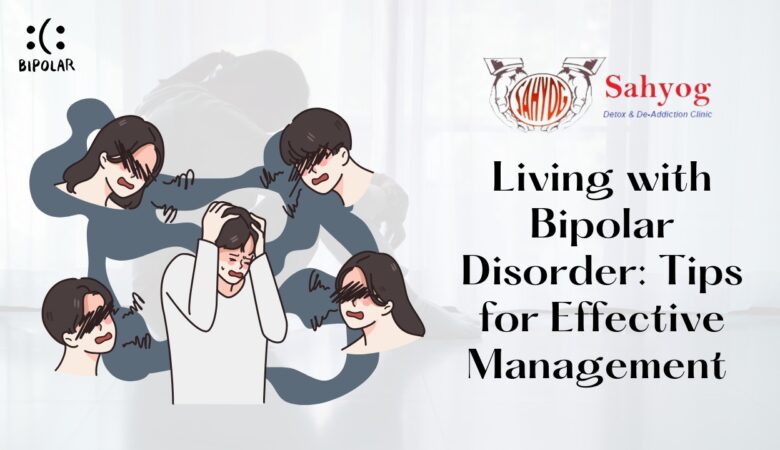The Importance of Self-Acceptance and Self-Love: A Personal Journey
Self-acceptance and self-love are often overlooked in a culture that values outward achievements, looks, and societal standards. These two interrelated notions are essential to human progress, pleasure, and well-being. Self-acceptance and self-loving help people love and understand themselves. Self-acceptance is the bold act of accepting ourselves, our strengths and shortcomings, achievements, and errors. It means accepting our flaws as part of what makes us human. Acceptance frees us from self-judgment and criticism, making room for self-compassion and love. Self-love is unconditional self-respect. We prioritize our well-being, emotional health, and inner fulfillment in this loving connection with ourselves. Self-love is not selfish or arrogant; it is the foundation for good relationships, interests, and significant contributions to the world. Self-acceptance and love transform lives. We mute our inner critic and gain self-confidence. Self-acceptance helps us handle life’s obstacles and recover from disappointments. Self-acceptance and self-love enable healthy and meaningful relationships. Self-acceptance sets the bar for how others regard us. We set boundaries, convey our requirements, and attract individuals who appreciate us for who we are. This boosts pleasure and fulfillment. Self-acceptance and self-love take introspection, bravery, and patience. It requires unlearning social norms, rejecting limiting ideas and rebuilding our narratives. It requires lifelong self-reflection, self-care, and personal growth. We’ll cover self-acceptance, self-love, and their advantages in the next sections. Let’s embrace our uniqueness and love ourselves on this amazing route of self-discovery, acceptance, and love. Understanding Self-Acceptance and Self-Love Self-acceptance: Self-acceptance is accepting oneself—flaws and all. It means accepting yourself without judgment. Self-acceptance helps us have a healthy connection with ourselves. Self-acceptance frees us from needing external approval. Instead, we establish self-worth and self-esteem via self-acceptance rather than comparison to others. This mentality change helps us live more authentically and confidently. Self-love and well-being: Self-love is caring, compassion, and admiration. It requires self-respect and recognizing our worth. Self-love is about taking care of ourselves and prioritizing our needs in a balanced approach. Self-love is prioritizing physical, emotional, and mental wellness. We practice good nutrition, exercise, rest, and enthusiasm. Self-love boosts vitality, resilience, and well-being. Self-love is setting boundaries and saying no to things that don’t fit our beliefs or exhaust us. It is being among positive people who help us grow and be happy. Stressing the relationship between self-acceptance and self-love: One typically leads to the other. Self-love begins with acceptance. Self-compassion and forgiveness begin when we recognize our shortcomings and previous errors. This fosters self-love. Self-love gives us the emotional and psychological space to accept ourselves. When we completely love ourselves, we can accept our flaws without letting them define us. Self-acceptance and self-love synergize. They facilitate self-discovery, healing, and progress. We unleash our potential, find inner peace, and build a satisfying and honest life by loving ourselves fully. Self-Love and Acceptance Benefits Improved mental and emotional health: Self-love and acceptance improve mental and emotional well-being. Accepting and loving yourself brings inner calm and pleasure. We feel worthwhile and pleased without external validation, reducing anxiety and improving emotional resilience. Self-compassion and support replace self-criticism. This mentality change reduces stress and improves self-image by encouraging a pleasant inner conversation. Self-love also improves emotional management. Self-awareness and self-compassion help us satisfy emotional demands. This improves emotional control and resilience. Increased self-confidence and self-esteem: Accepting oneself, strengths, and faults, boosts self-esteem. Recognizing our distinct characteristics and contributions boosts self-esteem. Self-acceptance lets us accept our flaws and use them as learning experiences. This mentality adjustment boosts real self-confidence, allowing us to take chances, follow our objectives, and try new things without fear of failure or rejection. Self-love also underpins self-esteem. Loving and caring for oneself unconditionally builds self-confidence. Self-confidence affects how we express ourselves and interact with others. Resilience and capacity to face obstacles: Self-acceptance and self-love help us overcome life’s problems. Accepting our past mistakes and failings helps us recover from setbacks. Experiences teach us, not define us. Self-love fortifies us through hard times. It lets us take care of ourselves and recharge, giving us the courage to tackle obstacles. Self-acceptance and self-love also encourage a growth attitude, helping us see challenges as chances to improve. We adapt, adjust, and overcome hardship. good relationships and boundaries: Self-acceptance and self-love underpin good partnerships. Accepting and loving oneself builds self-respect and helps us set limits that respect our needs and ideals. This helps us build better relationships. Self-acceptance lets us communicate with people genuinely without needing approval. We form true ties and support with individuals who like and respect us. Self-love also helps us set appropriate relationship limits. We learn to express ourselves, assert ourselves, and make healthy choices. This fosters trusting, respectful, and mutually beneficial partnerships. The Personal Journey to Self-Acceptance and Love Recognising and confronting negative self-perceptions: Self-acceptance and self-love begin with self-awareness. We must discover our inner critic and detrimental self-worth notions. Self-reflection and a willingness to reject harmful narratives are needed. We may change our self-perceptions by challenging our self-judgments and studying the data. Focusing on our abilities, successes, and good attributes helps us see ourselves more realistically. Self-compassion and forgiveness: Self-love requires self-compassion. It requires self-compassion. We show ourselves the same kindness we would a loved one. Meditation, writing, and counseling improve well-being. Compassionately addressing our challenges helps us heal and accept ourselves. Self-acceptance also requires forgiveness. This involves forgiving previous faults and letting go of self-blame. We understand that mistakes are part of human progress. Forgiveness releases guilt and allows self-love and acceptance. Positive self-talk and affirmations: Positive self-talk must replace negative self-talk. Affirmations can boost our self-esteem. We eventually learn self-acceptance and self-love by adopting positive and empowering beliefs. Repeat “I am worthy of love and acceptance” or “I embrace my unique qualities” to empower yourself. Accepting defects and valuing uniqueness: Self-acceptance is accepting our flaws and realizing they don’t define us. We cherish our peculiarities, traits, and experiences instead of aiming for perfection. Accepting our flaws promotes self-love and authenticity. Celebrating individuality is vital. Recognize that beauty and success are subjective. Even if they’re unconventional, embrace your










